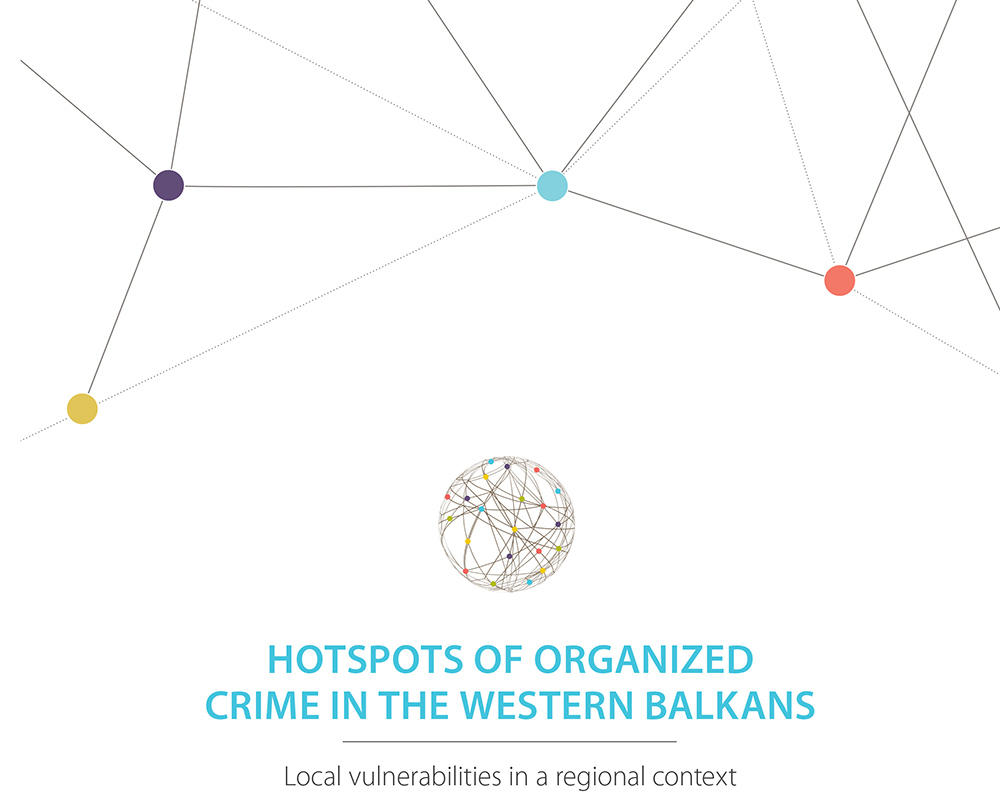A new report by Global Initiative Against Transnational Organized Crime has identified locations in these countries that are hotspots for organised crime.
Rather than focusing on illicit markets, flows of commodities or particular criminal groups, this report looks at places of interest: hotspots of organized crime in the Western Balkans. It looks at the characteristics of these hotspots, then provides a granular analysis of particular border crossings, intersections or regions of vulnerability. What makes these places particularly vulnerable? Why are they attractive to criminals? After discussing these questions, the report connects the dots between these locations to identify possible links and patterns that tell us more about the geography of crime in the region.

To contextualize these organized-crime hotspots, the report provides an overview of the current situation in the Western Balkans, as well as some general information on the main illicit flows. It then looks at hotspots close to border or (internal) boundary crossings.
The other main section of the report focuses on major intersections of organized crime in the Western Balkans – mostly bigger cities (particularly capitals), coastal towns and places where major highways intersect. Maps are provided to show the hotspots as well as key traffic arteries. Amid these assessments, the report takes a deeper dive into vulnerable locations, such as Sarajevo, three ports along the Montenegrin coast, northern Kosovo as well as the triangular region where North Macedonia meets south Serbia and Kosovo.
One key observation of this report, which is important to highlight upfront, is that illicit flows through ports, cities and border crossings in the Western Balkans are enabled by a political economy of crime that is deeply entrenched in most countries of the region. The report therefore takes a look at the ecosystem of crime that creates an environment in which illicit activity can flourish. It concludes with a prognosis of potential future hotspots of crime.
 The report is available in English, Albanian, Bosnian and Macedonian
The report is available in English, Albanian, Bosnian and Macedonian

